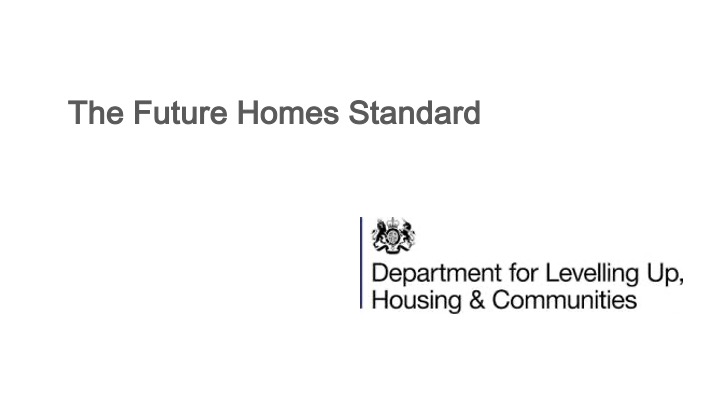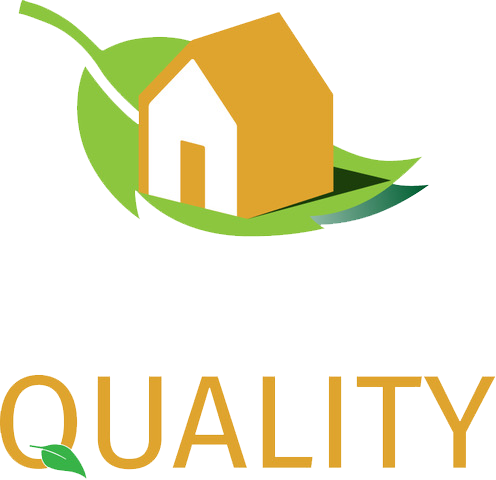Future Homes Standard (FHS)
Future Homes Standard (FHS) is set to become a transformative milestone in the construction and housing sectors as the UK accelerates its journey toward net zero by 2050. Scheduled for implementation in 2025, this new standard will redefine how homes are built, focusing on energy efficiency, low-carbon heating, and sustainable design.
In this article, we explore what the Future Homes Standard entails, its implications for developers, and how it aligns with broader environmental goals.
What Is the Future Homes Standard?
The Future Homes Standard is a regulatory framework introduced by the UK Government to ensure that new homes built from 2025 onwards are:
- Zero-carbon ready
- Highly energy efficient
- Equipped with low-carbon heating systems
This initiative is part of the broader Future Buildings Standard, which also covers non-domestic buildings and existing homes
Key Technical Requirements
The FHS introduces significant updates to Part L (Conservation of Fuel and Power) and Part F (Ventilation) of the Building Regulations. Here are the core technical changes:
1. Carbon Emissions Reduction
New homes must produce 75–80% fewer carbon emissions compared to those built under the 2013 regulations.
2. Low-Carbon Heating
Gas and oil boilers will be phased out in new builds. Instead, homes will use:
- Air source or ground source heat pumps
- Heat networks
- Electric heating systems (where appropriate)
3. Improved Fabric Efficiency
Homes must meet higher insulation standards, with better U-values, airtightness, and thermal bridging performance.
4. Ventilation and Overheating
Updated Part F guidance ensures adequate ventilation and addresses overheating risks, especially in urban and high-density developments.
Tools for Compliance
To support implementation, the government is developing:
- The Home Energy Model (HEM) – a new calculation methodology replacing SAP.
- Energy Calculation as a Service (ECaaS) – a digital platform for compliance assessments.
Why It Matters
The built environment contributes to 25% of the UK’s greenhouse gas emissions. The FHS is a critical step in reducing this footprint by ensuring that new homes are future-proofed and aligned with net-zero goals.
What Developers and Builders Need to Do
To prepare for the 2025 rollout, developers should:
- Familiarize themselves with the draft guidance and notional building specifications
- Invest in training for low-carbon technologies
- Engage with supply chains to ensure availability of compliant materials and systems
- Update design and construction practices to meet new performance targets
Industry Impact and Opportunities
The FHS presents both challenges and opportunities:
- Increased upfront costs may be offset by lower energy bills and higher property values
- Innovation in building materials and systems will be key to compliance
- Sustainability credentials will become a competitive advantage in the housing market
Final Thoughts
The Future Homes Standard is more than a regulatory update—it’s a paradigm shift in how we design and build homes in the UK. At Sustain Quality Ltd, we are committed to helping developers, architects, and contractors navigate this transition with expert guidance and compliance support.
Need help preparing for the Future Homes Standard?
Contact us today to learn how we can support your next project.
Join Us on Our Journey
At Sustain Quality Ltd, we believe that sustainability is a journey, not a destination.
We are committed to leading the way in sustainable development and making a positive impact on the world.
We invite you to join us on this journey and be part of the change.
Find out more below:





